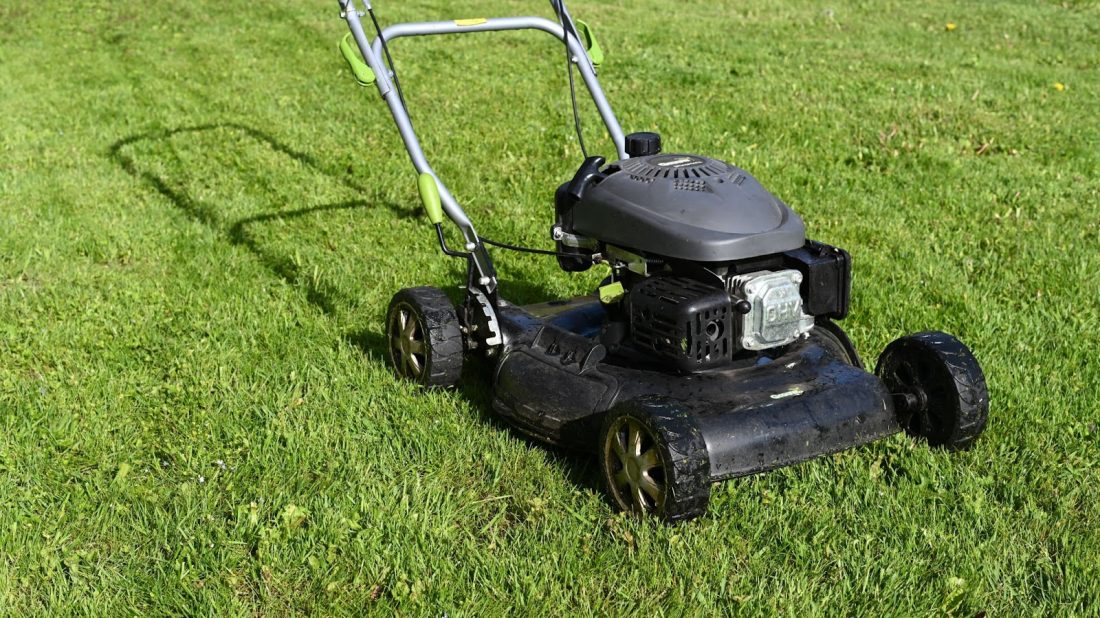A beautiful and healthy lawn is a perfect view in front of any house or building. Lawns speak great heights about their owners. A neat and well-kept home shows the owners are organized people. In this article, we will discuss in-depth the best time to overseed a lawn and overseeding in general.

What is Overseeding?
Overseeding is adding grass on an already existing lawn to thicken the turfs and make the grass healthier. When the grass is healthy, it can resist diseases, insects, and weeds because of the thick turfs.
Why Overseed?
The purpose of overseeding is to replace old grass, get rid of weeds, improve the lawn’s appearance, and maintain the green color of the grass through all seasons.
When to Overseed a Lawn
The best time to overseed is during fall when the soil is warm and the north’s air cooler. There is a lot of sunlight during fall because trees are already starting to shed leaves, and weeds are few. Therefore, there is minimal completion against grass and weeds. If you live in the south, the best time to overseed is late-spring to mid-summer because warm-season grass needs warm soil temperature to germinate.
Process of Overseeding a Lawn
Overseeding a lawn is a simple process that does not have a lot of procedures. Below are some of the steps taken to ensure a smooth process and perfect results.
- Mow Low
Before overseeding, the existing grass should be mowed low to ensure that the grass seeds can receive enough soil, water, and sunlight. Access to soil ensures that the grassroots quickly after germinating.
- Choose a Grass Seed
Before overseeding, ensure that you know the type of grass that you already have. If you can’t establish the kind, consult a professional. If the already existing grass is the warm-season grass, the overseeding grass seeds should be cold-season grass seeds.
- Improve the Soil
The soil should be aerated to improve its quality. Aeration involves perforating the soil with small holes to allow water, air, and nutrients to penetrate the grassroots. Aeration helps the grass get more robust and vigorous roots.
- Spread the Seeds
Spreading the seeds can be done in different ways. If the lawn is small, the seeds can be spread by hand or handheld spreaders. If the lawn is big, broadcast spreaders are easier and faster to use.
- Feed and Water the Grass
The grass seedlings require to be fed with nutrients and water for fast growth. Grass especially needs the following nutrients to sustain life:
Nitrogen- is the key nutrient to vigorous, green, and leafy growth.
Phosphorous- it helps the roots establish a healthy root system
Potassium- helps the grass maintain turgor pressure in the cells of the plant.
Maintenance of the Overseeded Lawn
For the seedlings to grow healthy, certain maintenance processes should be followed.
- Keeping the Seeds Moist
The seeds will need moisture to germinate. The soil should be left moist by lightly sprinkling water two or three times a day.
- Cover the Seeds
After overseeding, you should cover the seeds with soil to provide an excellent anchor to the roots.
- Use a Starter Fertilizer
A starter fertilizer is good for kick-starting grass generation. This fertilizer helps in promoting good health for the grass. After using starter fertilizer, the health of the grass becomes perfect with solid and healthy turfs.
Cost of Overseeding Lawn
The cost of service of overseeding lawns depends on the landscape planner and the types of seeds used. Overseeding is, however, a straightforward procedure that a homeowner can do if he has a small lawn.
Sometimes you may need an expert to overseed the lawn on your behalf. In that case, you’ll incur a cost. It might take roughly 30 minutes to aerate, overseeding, and fertilizing your lawn. This will cost you from $100 to $250. The size of the lawn contributes highly to price variation.
Cautions to Avoid During Overseeding of a Lawn
- Leaving the lawn dry with no moisture
- Mowing the lawn too soon and too low
- Overseeding during the wrong time of the year
Conclusion
The period of the year is vital to consider when overseeding to avoid wilting of the overseeded seeds. An overseeded lawn demands great care, and so it should be well taken care of until it matures and is fit for being mowed. Overseeding once or twice a year is a great way to take care of a lawn. Well-kept lawns are beautiful and safe to coexist with as they do not have diseases or pests.




